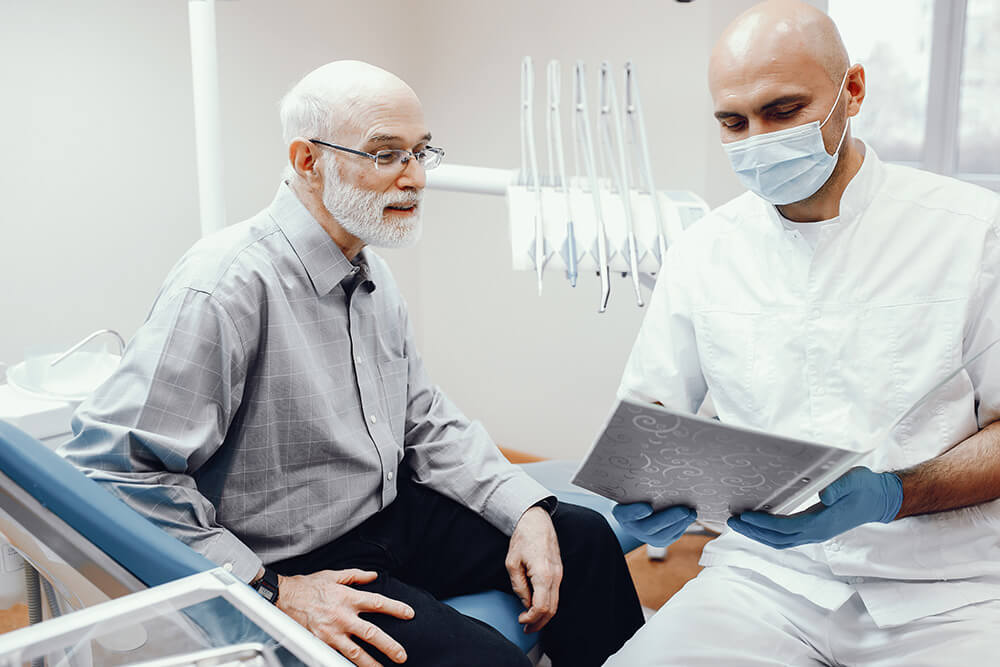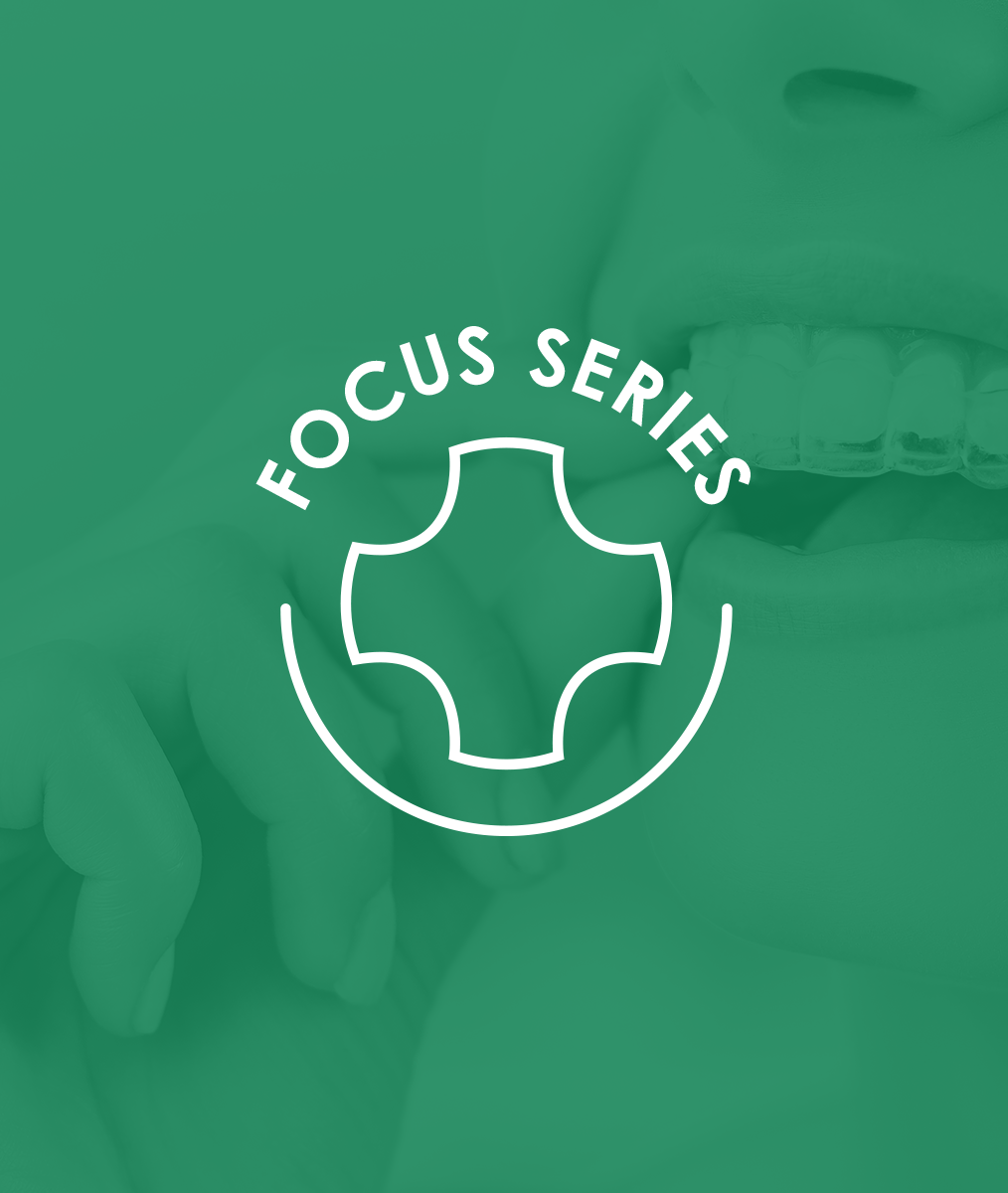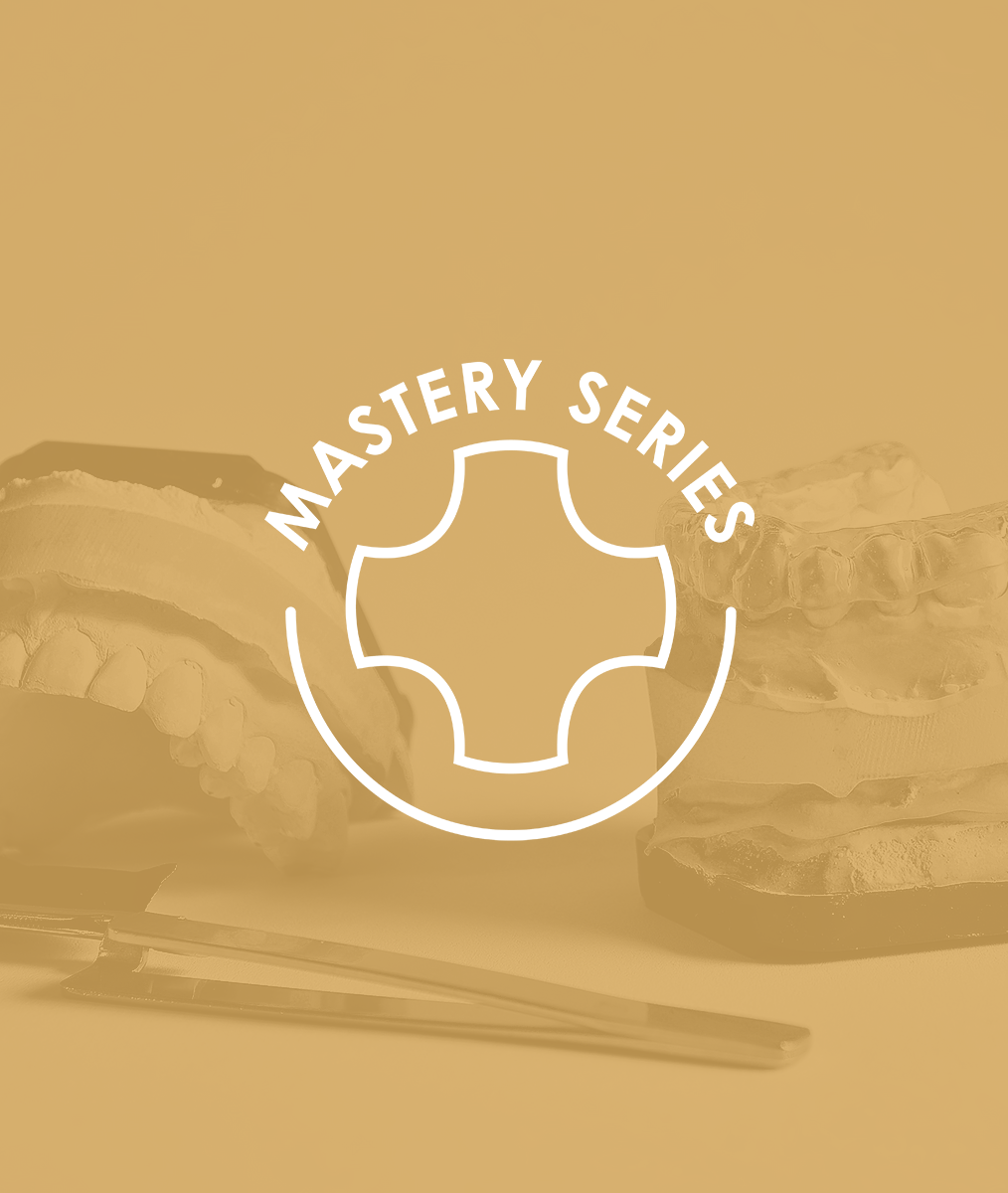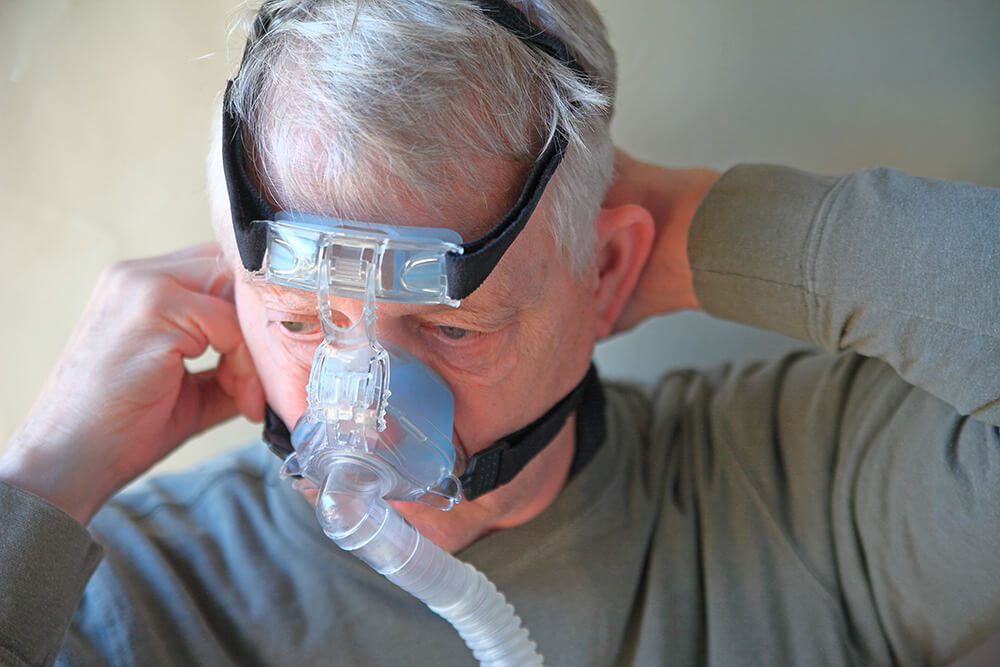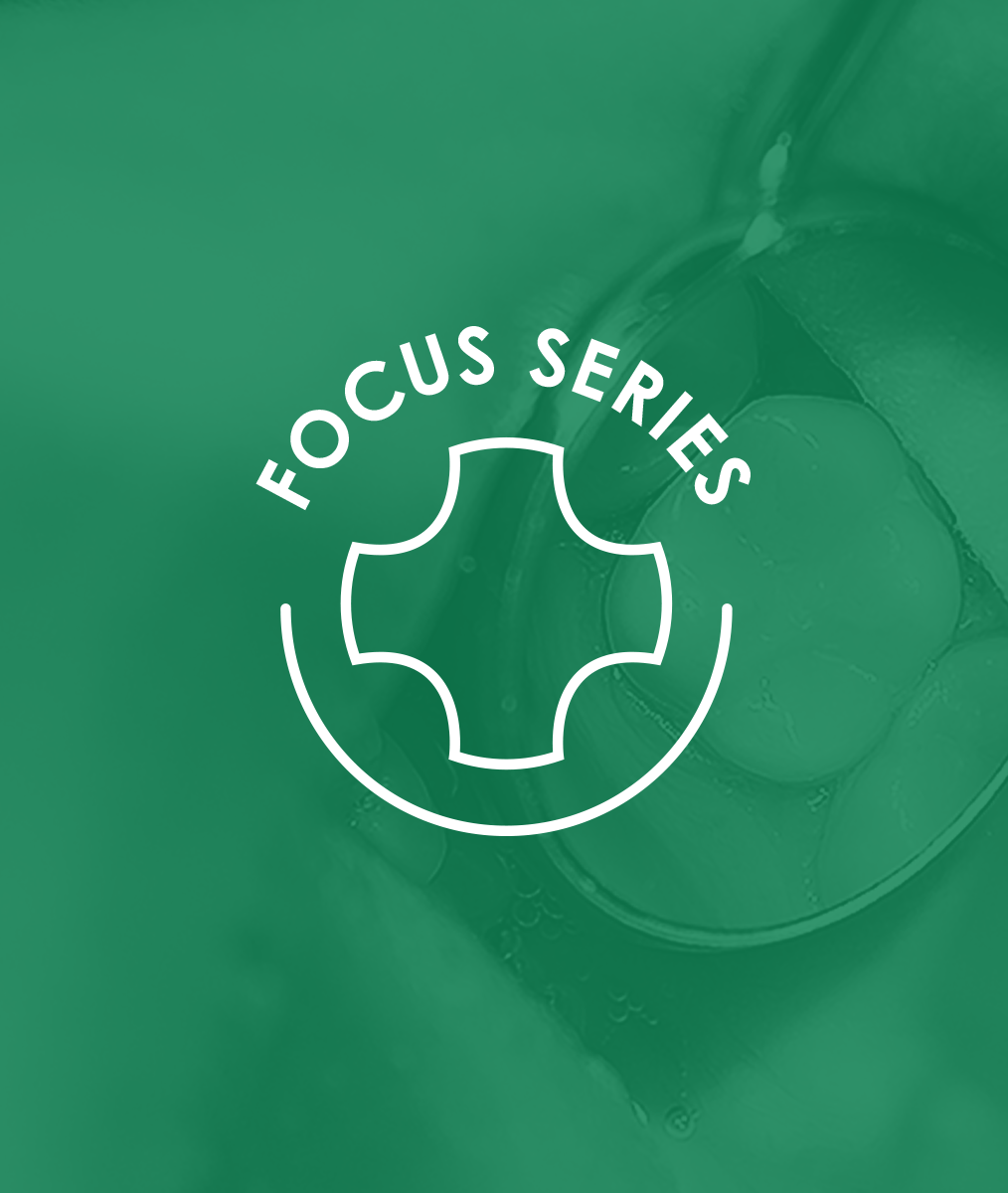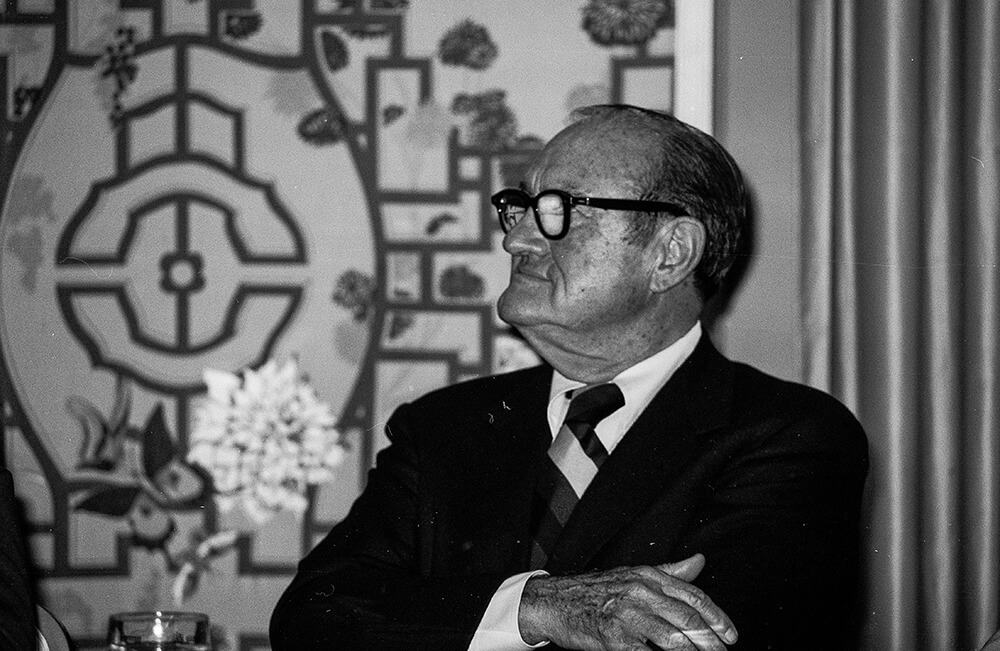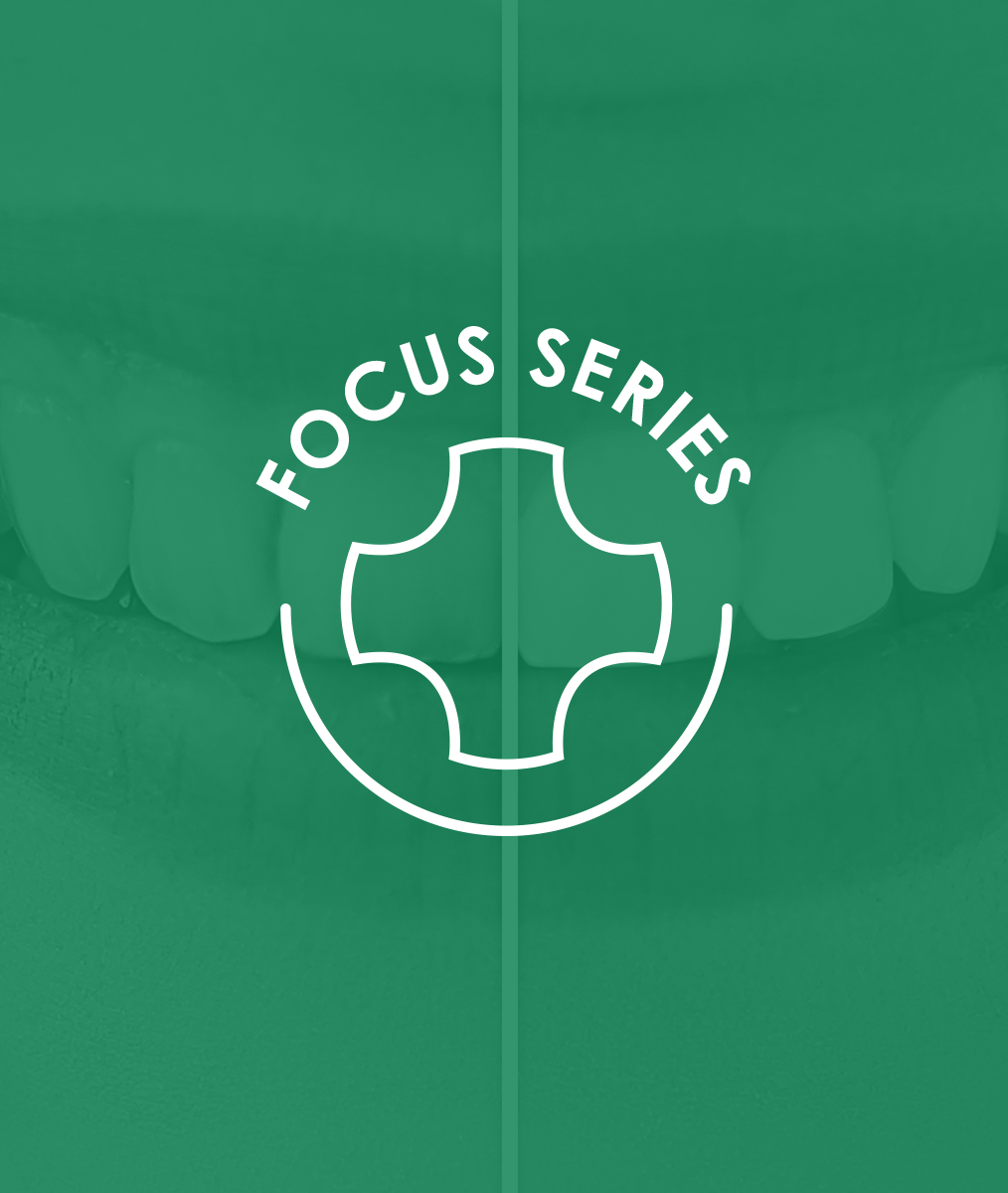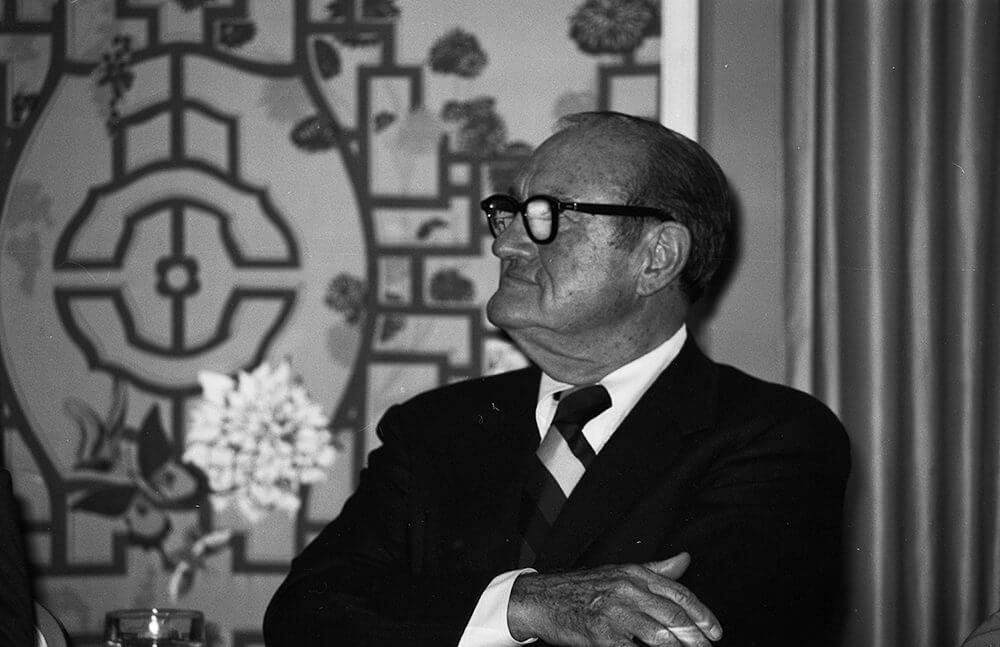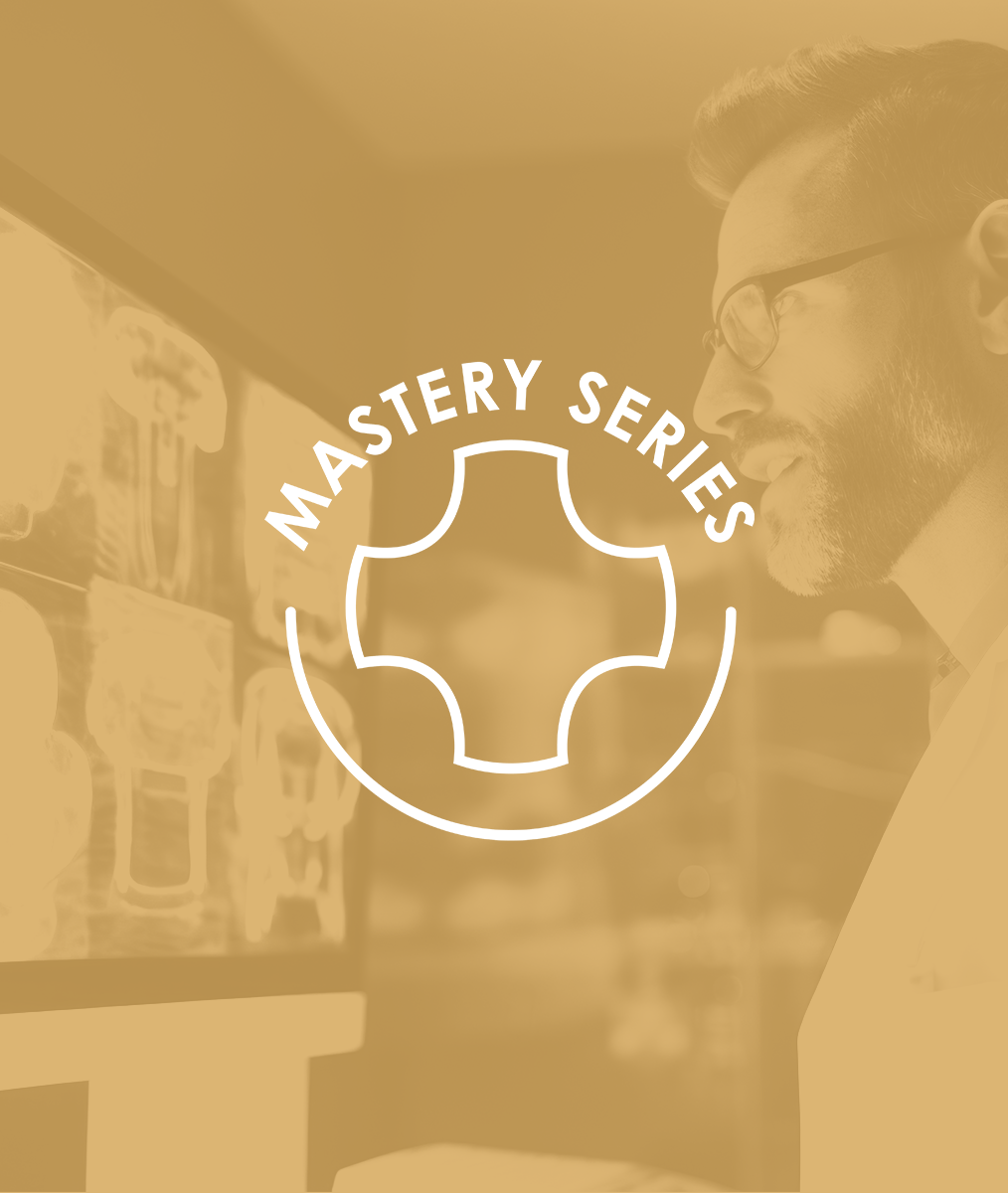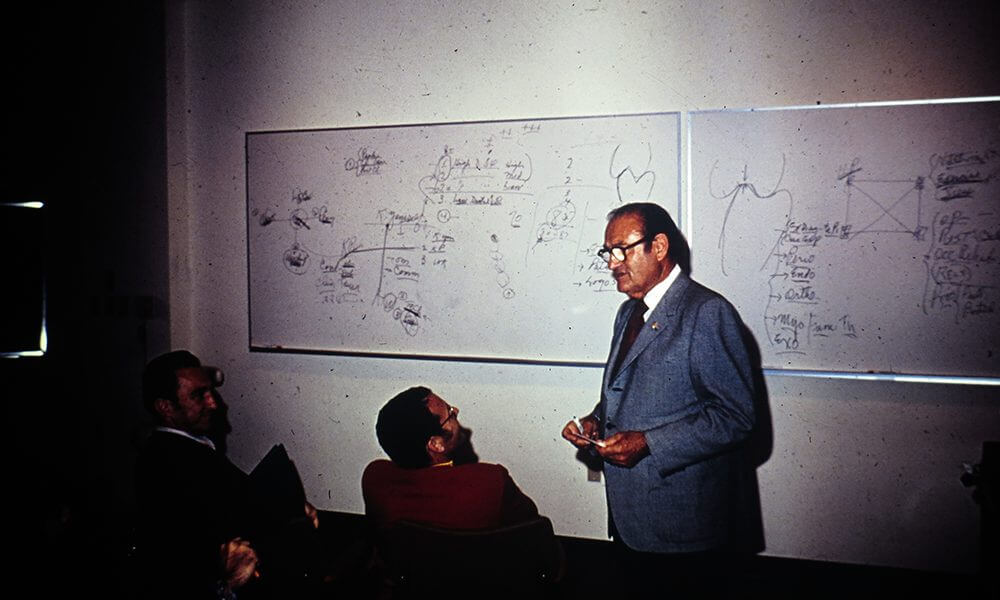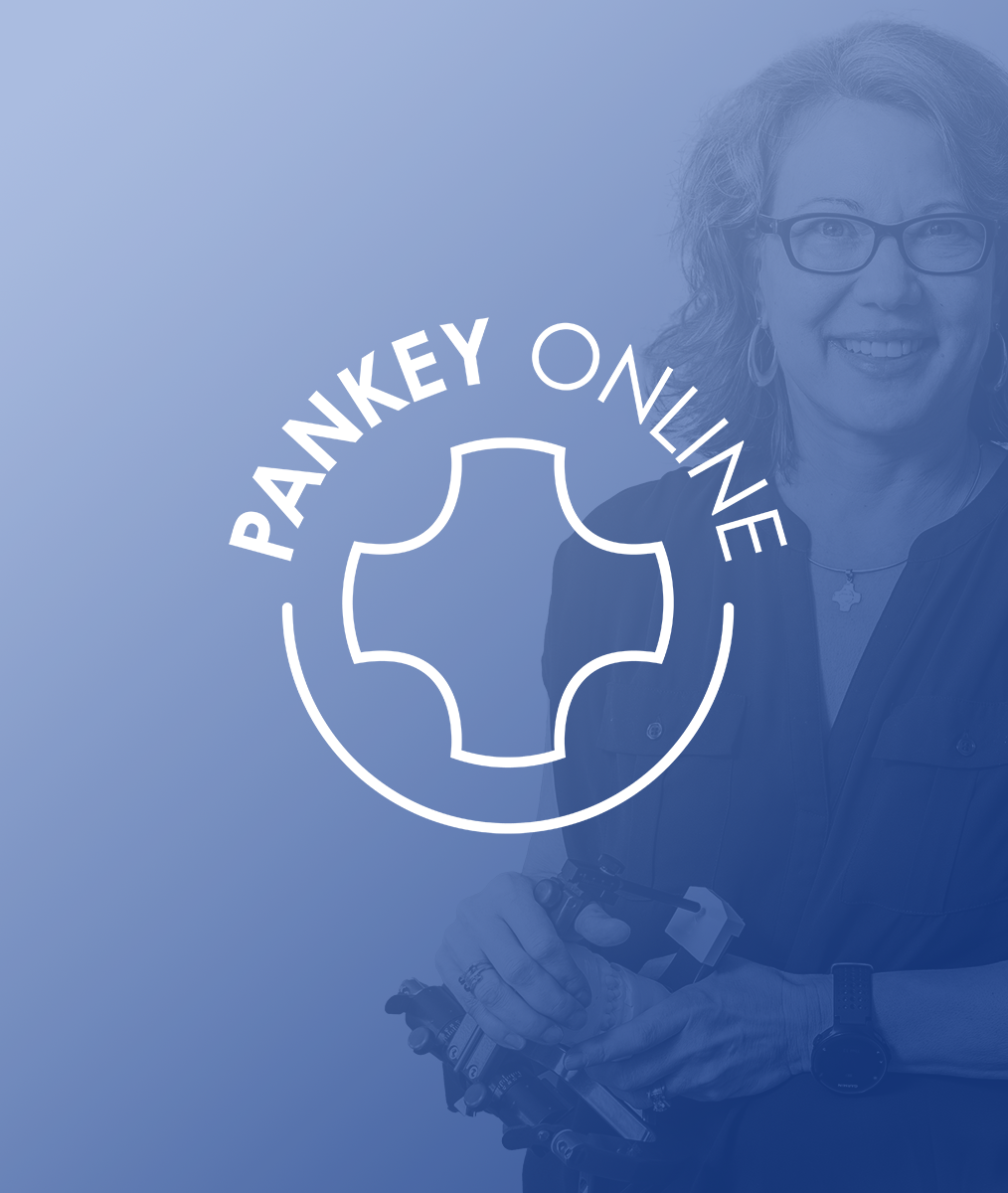My Patient Ron
We had another interesting week at the dental office when a patient (I’ll call Ron) came in. Ron has been a patient of mine for over 20 years and is nearing 80. Whenever I saw him, we would have interesting conversations about what he was doing and thinking about doing next. He was the kind of person I love to be around, always positive with a “can-do” attitude.
This time was different. I hadn’t seen Ron in over three years, because he suffered a heart attack which led to some other complications. He came in using a cane.
When it was time for my hygiene check, Julie came to me and said, “I don’t know what’s going on with Ron, but he was really hard for me to work with today. I tried to get as much accomplished as I could. I’m sorry.”
Ron was previously very health-centered but now he was behaving like he wasn’t. Do values change in that short a period? No, but a person’s priorities might, particularly when they have developed a distorted perspective due to some traumatic events.
When I entered the room, Ron’s attitude perked up. He was positive and respectful — he was honoring our long history of mutual respect. He updated me on what happened and how he was doing. Not only were his physical disabilities frustrating, but he had rarely left the house for over a year.
Following my exam, we discussed an area of decay and several cracked teeth — all restorable with crowns. He responded that he was old and wasn’t sure how much longer he would be around. He asked, “Is there an inexpensive way to fix this? I don’t want to spend a lot of money on my mouth.”
Dentists hear this every day, but in this case, I knew the REAL Ron. I knew it was his depression speaking to me. I told him it would make sense for us to develop a Phase 1 plan, meaning, “Let’s remove the decay and get everything stabilized like they would do for you in the ER if you had an emergency, and then we can talk later about restoring things back to the way they need to be — strong and secure.”
“I don’t think I want any restoration work,” he replied.
Then, I said, “Ron, I know how much you love to eat fine food, and it would be tragic if, in your last decade, you were limited to eating only soft food or you had to fumble around with a partial denture that catches food around it all the time. Like I said, let’s focus on Phase 1 and then talk about restoration later. We have time on our side.”
“Ok,” he said, “I can go along with that.” He needed to feel like he was in control.
I finished by using words that would resonate with him, “You know Ron, despite these things that need to be addressed, you have great bone around your teeth and a great smile, so there are good reasons to restore things and finish out strongly. If you were an old, uninspiring ‘84 Oldsmobile, I’d say there is no point in restoring things, but you’re like a 1956 Corvette barn find that’s still in good condition. You’re worth it. Let’s save the conversation about restoration for another day when you are feeling better. I’m so glad that you came in, I miss talking to you.”
Ron’s eyes lit up. He smiled and said, “Yea, maybe you’re right. I can’t move like a Corvette any longer, but I understand what you are saying. I really appreciate it.”
Related Course
Utilizing Clear Aligner Therapy in a Digital Workflow
DATE: September 26 2024 @ 6:00 pm - September 28 2024 @ 2:00 pmLocation: The Pankey Institute
CE HOURS: 0
Dentist Tuition: $ 1695
Single Occupancy with Ensuite Private Bath (per night): $ 290
Enhance Restorative Outcomes This one-and-a-half-day course is designed for Invisalign providers who want to improve restorative outcomes with clear aligner therapy. The course focuses on the digital workflow for comprehensive…
Learn More>
